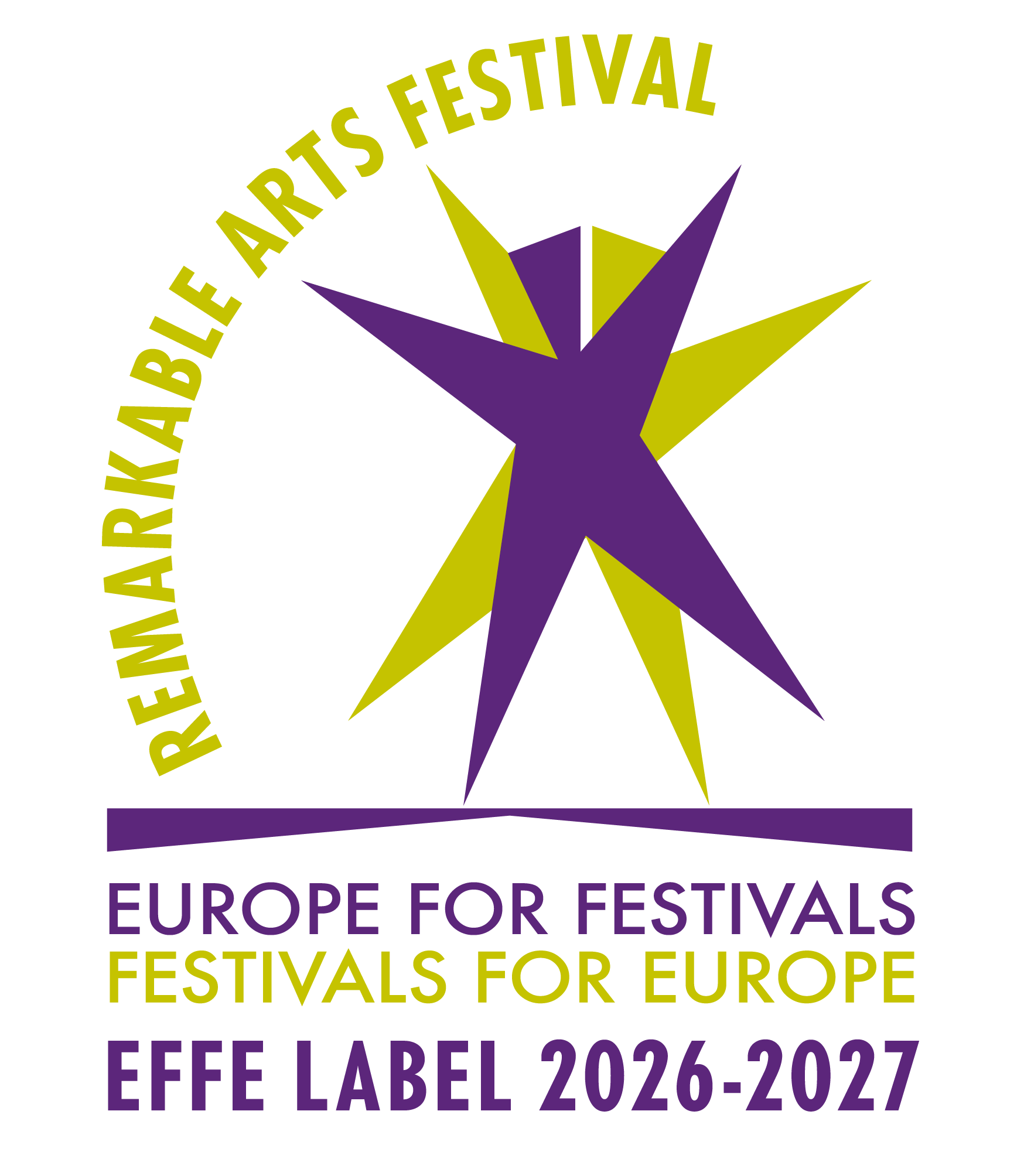- home
- festival
- festival 2025 – XXXII
- festival 2024 – XXXI
- festival 2023 – XXX
- festival 2022 – XXIX
- festival 2021 – XXVIII
- festival 2020 – XXVII
- festival 2019 – XXVI
- festival 2018 – XXV
- festival 2017 – XXIV
- festival 2016 – XXIII
- festival 2015 – XXII
- festival 2014 – XXI
- festival 2013 – XX
- festivals archive 1994 – 2012
- tickets
- foundation
- projects
- productions
- events
- news
- contacts
Gaston Core
THE VERY LAST NORTHERN WHITE RHINO
September 18, 2022 21:00
Teatro Studio Mila Pieralli Scandicci | IT
When New York Times reporter, Sam Anderson, learned of the death of the last male northern white rhino, he flew to Kenya to spend a week with the last two survivors of the species: two females, mother and daughter, were entering into what we know as “functional extinction”. When they die, the line will be over. Anderson describes the daily lives of Fatu and Najin who, indifferent to their fate, graze under the sun of the reserve where they will be guarded from hunters until they die.
This picture portrays life for life’s sake, as the only function of these individuals is to live, to attest the existence of a species that belongs to the past. I imagine these huge mammals as terribly fragile creatures, their bodies irreplaceable like pieces of a living museum. Knowing that the northern white rhino will disappear with these two individuals, we no longer see a safari animal, but a terribly human creature, and we are confronted with our own destiny. The fact that they still exist and occupy space turns the individual into a symbol of his species, and suddenly, by analogy, a man on stage a symbol of mankind.
This thinking brought me peace of mind in a time of great uncertainty for the world, as when at the end of Lars Von Trier’s “Melancholia”, Kirsten Dunst’s character builds the structure of a tipi, without walls, in which to take refuge with her nephew and sister and wait for the meteorite to collide with the Earth.
In addition to this thinking about the imminent and the possibility of finding peace amidst the chaos of the world, I wanted to work with a very specific dance technique that would allow me to play with very specific dynamics, transforming its recognizable forms; I wanted to go on the hunt for new aesthetics of movement. Urban dances seemed to me an interesting field to explore. I met Oulouy, and we took the styles of urban dance that he dances as a starting point: hip-hop, krump, finger tutting, as well as dances with strong African influences, such as coupé-décalé. I seek, through formal research into, and the transformation of, these dance forms, to offer the image of a man who dances because he has discovered that we have, as Valéry expressed it, “too much energy for our own needs”.
That is, to present dance as excess, as a celebration derived from life.
To dance to exhaustion, to dance to the end because perhaps there is nothing more that can be done.
– Gaston Core –
Born in Buenos Aires, Gaston Core trained as a performer and began university studies in audiovisual communication at the University of Buenos Aires . Settled in Europe since 2001, he continued his training in both fields; on the one hand, he completed a degree in Dramaturgy and Directing at the Institut del Teatre in Barcelona while collaborating with a film production and distribution company. In 2008 he became interested in cultural management and planned and directed a street and theatre festival financed by the City Council of Terrassa and the Centre d’Arts Escèniques de Terrassa. He collaborated with different companies where he played the role of performer and director until 2012, when he decided to commit exclusively to the Sala Hiroshima project, which he conceived and directs to date, focusing on the support, production and exhibition of the most innovative trends of the international contemporary scene. In 2018 he studied an official Master in Contemporary Philosophy at the Faculty of Philosophy of the University of Barcelona, which recalls him of his interest in the creation process as a meeting place between thought and action and he decided to return to the work of directing, dramaturgy and choreographic composition.
Oulouy comes from Ivory Coast and settled in Paris when a teenager where he trained in computer science. From an early age, he developed a great passion for dance, at first he became interested in African dances. In 2008 he had his first contact with urban dance and since then he has performed in numerous international dance battles. He has worked as a model and dancer in various advertising campaigns for brands such as Coca Cola, L’Oreal, or Estrella Damm. He currently teaches urban dance, organizes events and co-directs the @ilovethisdance platform, the first French digital channel dedicated to urban culture and hip hop.
concept and choreography: Gaston Core
performed by Oulouy
collaboration in composition: Aina Alegre
music: Jorge da Rocha
lights and technical care: Ivan Cascon
styling: Eva Bernal
promotion and management: Haizea Arrizabalaga
co-produced by Sala Hiroshima and Festival GREC of Barcelona
with the support of Centre Cívic Barceloneta
The show is part of the Florence Art Week programme, an initiative dedicated to artistic production and contemporary experimentation within the International Biennial of Antiques.
[photo: Alice Brazzit]



